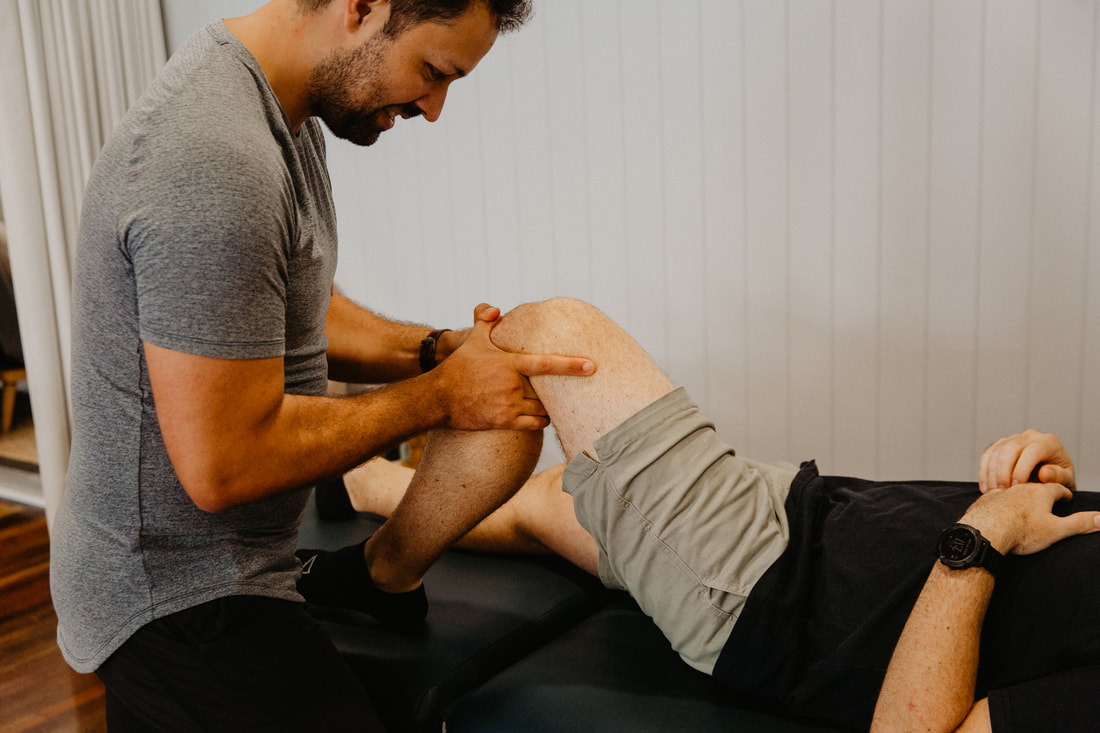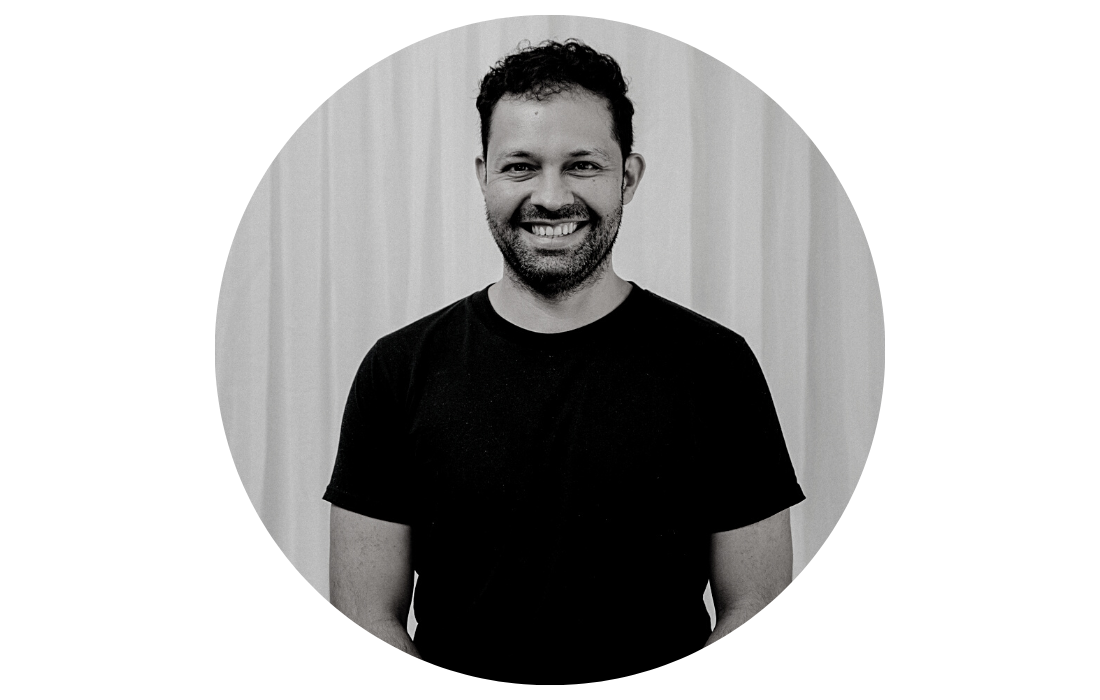Knee gout physiotherapy Brisbane southside.
What is gout?
Gout is a type of arthritis caused by the build-up of uric acid crystals in the joints, which can lead to severe pain and swelling. It is more commonly seen in the big toe, but it can also affect other joints such as the knee.
How is gout in the knee diagnosed?
Gout in the knee is diagnosed through a combination of a physical examination, medical history, and laboratory tests. The physical examination involves checking for swelling, tenderness, and redness in the knee joint. The medical history helps to identify risk factors for gout, such as a family history of the condition, and certain medications that can trigger gout attacks. Laboratory tests may be ordered to check for elevated levels of uric acid in the blood or to confirm the presence of uric acid crystals in the joint fluid.
How can physiotherapy help after knee gout diagnosis?
After a diagnosis of knee gout, physiotherapy can play a crucial role in managing pain and improving joint mobility. Physiotherapists can use a variety of techniques, such as manual therapy and exercise prescription, to help reduce pain, improve joint range of motion, and strengthen the muscles around the knee joint. They can also provide advice on self-management strategies, such as heat or ice application and activity modification.
How can clinical Pilates help with knee gout?
Clinical Pilates is a form of exercise that focuses on core stability, posture, and controlled movements. It can be a beneficial addition to physiotherapy treatment for knee gout as it can help improve overall joint stability and reduce the risk of further injury. Clinical Pilates can also help with weight management, which is important in managing gout, as excess weight can contribute to gout attacks.
Other ways to manage knee gout
In addition to physiotherapy and clinical Pilates, there are several other ways to manage knee gout. These include:
Gout in the knee can be a debilitating condition, but with the right treatment and management strategies, it can be effectively managed. Physiotherapy, clinical Pilates, and other lifestyle modifications can all play a role in reducing pain, improving joint mobility, and preventing further gout attacks. If you suspect that you may have gout in your knee, it is important to seek medical attention and start treatment as soon as possible.
If you have been diagnosed with knee gour it is important to seek treatment as soon as possible to prevent further damage and reduce the risk of complications. A physiotherapist can help you develop a personalised treatment plan to manage your symptoms and improve your knee function.
Call our friendly clinic a call on 07 3706 3407, email [email protected] or make your initial appointment booking via the link below.
Gout is a type of arthritis caused by the build-up of uric acid crystals in the joints, which can lead to severe pain and swelling. It is more commonly seen in the big toe, but it can also affect other joints such as the knee.
How is gout in the knee diagnosed?
Gout in the knee is diagnosed through a combination of a physical examination, medical history, and laboratory tests. The physical examination involves checking for swelling, tenderness, and redness in the knee joint. The medical history helps to identify risk factors for gout, such as a family history of the condition, and certain medications that can trigger gout attacks. Laboratory tests may be ordered to check for elevated levels of uric acid in the blood or to confirm the presence of uric acid crystals in the joint fluid.
How can physiotherapy help after knee gout diagnosis?
After a diagnosis of knee gout, physiotherapy can play a crucial role in managing pain and improving joint mobility. Physiotherapists can use a variety of techniques, such as manual therapy and exercise prescription, to help reduce pain, improve joint range of motion, and strengthen the muscles around the knee joint. They can also provide advice on self-management strategies, such as heat or ice application and activity modification.
How can clinical Pilates help with knee gout?
Clinical Pilates is a form of exercise that focuses on core stability, posture, and controlled movements. It can be a beneficial addition to physiotherapy treatment for knee gout as it can help improve overall joint stability and reduce the risk of further injury. Clinical Pilates can also help with weight management, which is important in managing gout, as excess weight can contribute to gout attacks.
Other ways to manage knee gout
In addition to physiotherapy and clinical Pilates, there are several other ways to manage knee gout. These include:
- Medications: Medications such as nonsteroidal anti-inflammatory drugs (NSAIDs) and colchicine can help reduce pain and inflammation during a gout attack.
- Lifestyle modifications: Avoiding trigger foods such as alcohol, red meat, and seafood can help reduce the risk of gout attacks. Maintaining a healthy weight and staying physically active can also be beneficial.
- Joint protection: Wearing supportive footwear and using assistive devices such as crutches or knee braces can help protect the knee joint and reduce the risk of further injury.
Gout in the knee can be a debilitating condition, but with the right treatment and management strategies, it can be effectively managed. Physiotherapy, clinical Pilates, and other lifestyle modifications can all play a role in reducing pain, improving joint mobility, and preventing further gout attacks. If you suspect that you may have gout in your knee, it is important to seek medical attention and start treatment as soon as possible.
If you have been diagnosed with knee gour it is important to seek treatment as soon as possible to prevent further damage and reduce the risk of complications. A physiotherapist can help you develop a personalised treatment plan to manage your symptoms and improve your knee function.
Call our friendly clinic a call on 07 3706 3407, email [email protected] or make your initial appointment booking via the link below.
Who to book in with:
Mauricio Bara
|

